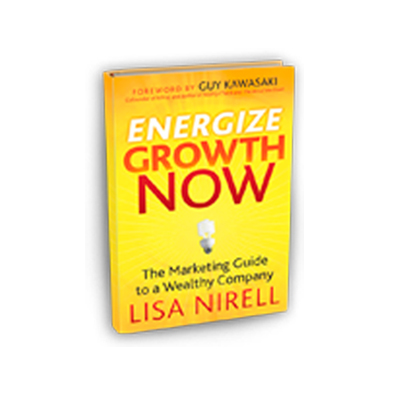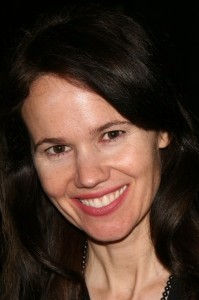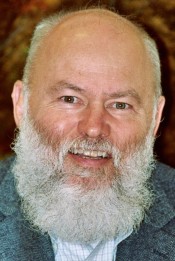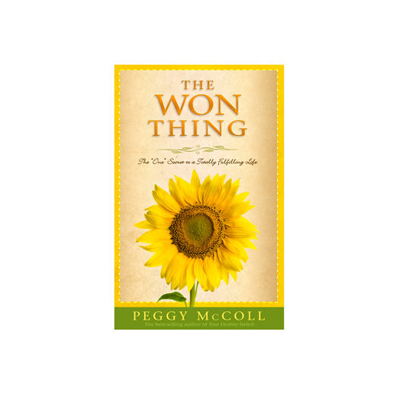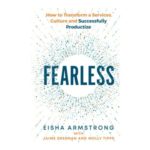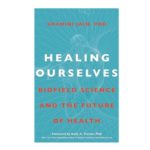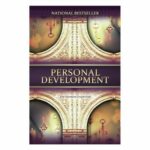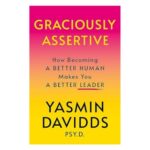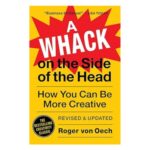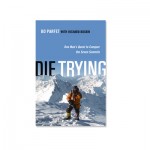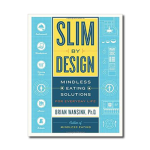 What a wonderful interview with a very inspiring, creative and lively author! Janice Taylor is one of the country’s leading health and wellness coaches, and she writes from personal experience. In her new book, “All is Forgiven, Move On“, Janice writes about her personal bout with weight loss and how she finally came to the point of acceptance and forgiving herself. This shift in her mindset has provided her the inner strength and ability to not only lose the weight, but to keep it off for years.
What a wonderful interview with a very inspiring, creative and lively author! Janice Taylor is one of the country’s leading health and wellness coaches, and she writes from personal experience. In her new book, “All is Forgiven, Move On“, Janice writes about her personal bout with weight loss and how she finally came to the point of acceptance and forgiving herself. This shift in her mindset has provided her the inner strength and ability to not only lose the weight, but to keep it off for years.
She explains that to change our bodies we need to radically shift our attitude–get out of our ruts, forgive ourselves for past sins, and move on with a positive outlook. In her book she offers 101 forgiving, fun and fat-burning steps along the road to weight loss to help readers recharge and stay inspired when the journey get rocky. Each of the steps in the book ends with a “point of view” –a fresh perspective on weight loss–and includes advice and activities.
“All Is Forgiven, Move On” is loaded with wonderful art, recipes and exercises that will engage the reader and get you moving in the right direction with your weight release program. I have personally reviewed many books on weight loss, and this is undoubtedly the most creative, fun and engaging book that I have ever reviewed. When you pick up ” All is Forgiven, Move On” you realize that Janice has put her heart and soul into the message and really wants to help people learn how to love themselves, and lose weight.
Janice has created a wonderful website, and you can also join her “Our Lady of Weight Loss Kick in the Tush Club”. If you would like more information on either her newsletter, book or wonderful coaching programs please click here to access her website.
Enjoy this wonderful interview with the very lively and interesting weight loss Queen–Janice Taylor.
